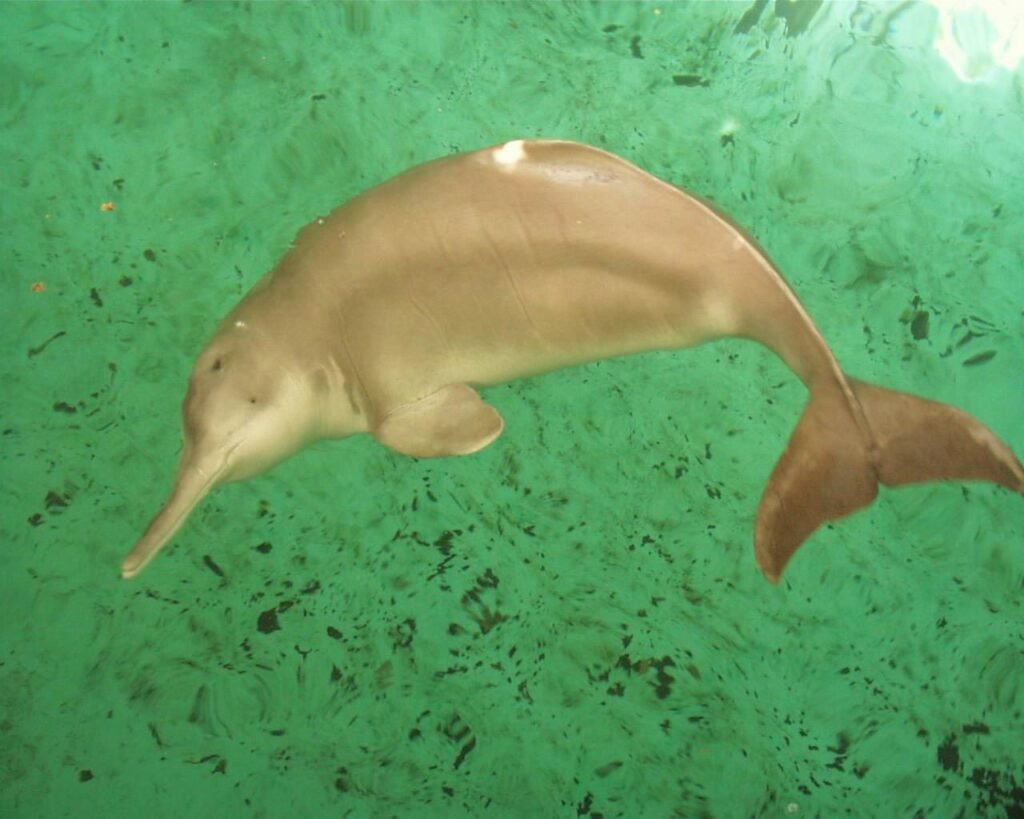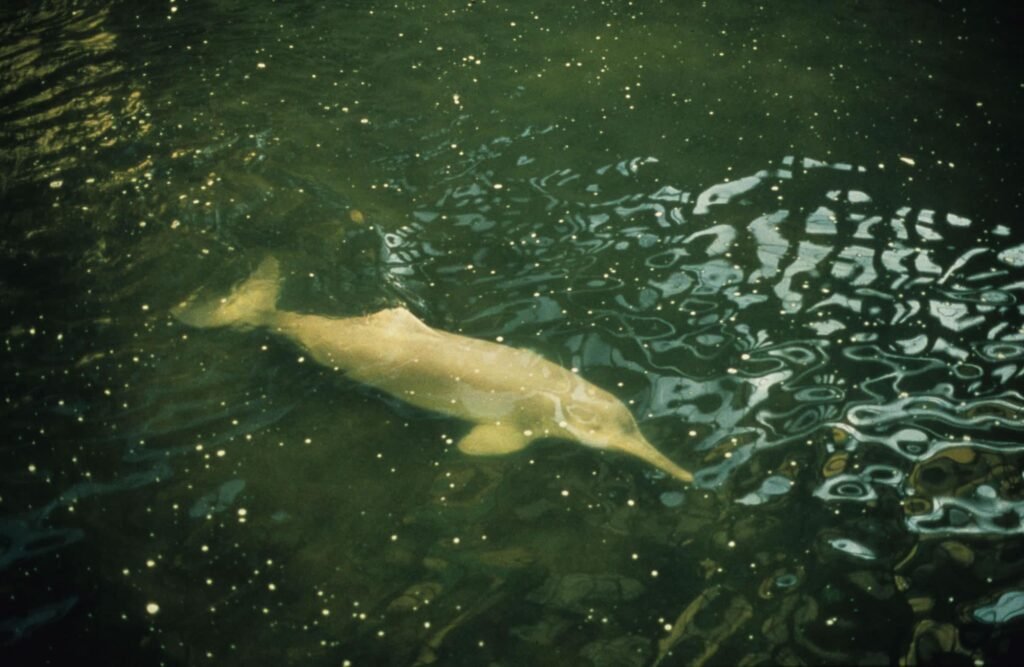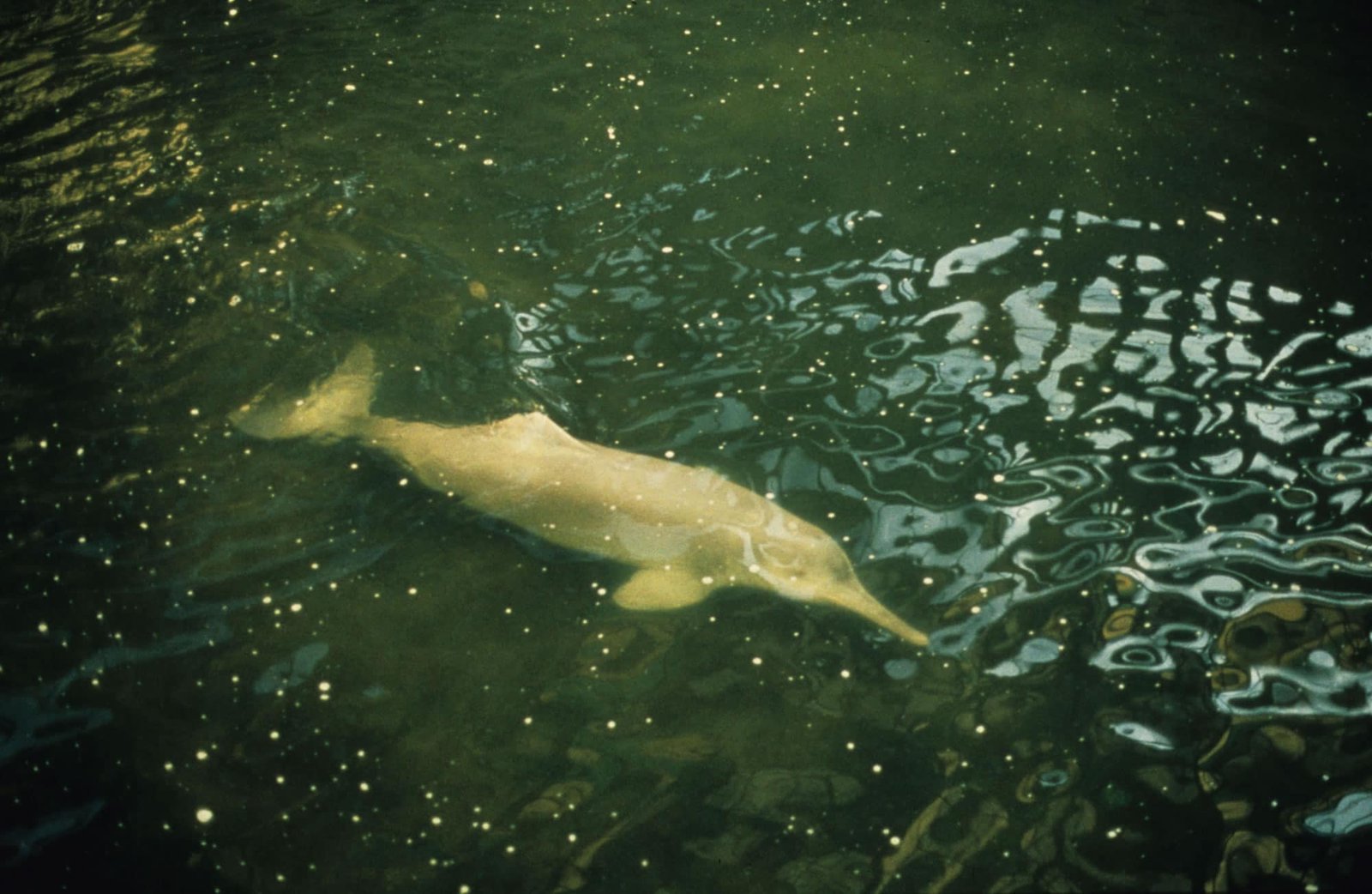The Vanishing Act of the Baiji Dolphin: A Cautionary Tale of Extinction
Introduction:
The Baiji Dolphin, scientifically known as Lipotes vexillifer, was a freshwater dolphin that once thrived in the Yangtze River in China. Known colloquially as the “Goddess of the Yangtze,” this species was revered in local culture and mythology. However, the Baiji Dolphin became functionally extinct in the early 2000s, with the last confirmed sighting in 2002. The rapid industrialization along the river, combined with severe pollution, illegal fishing practices, and heavy river traffic, contributed to the drastic decline of this unique cetacean, highlighting the fragile balance between river ecosystems and human activity.
Facts:
| Attribute | Details |
|---|---|
| Scientific Name | Lipotes vexillifer |
| Common Names | Baiji Dolphin, Yangtze River Dolphin |
| Year Declared Extinct | 2006 (functionally extinct) |
| Kingdom | Animalia |
| Phylum | Chordata |
| Class | Mammalia |
| Order | Cetacea |
| Family | Lipotidae |
| Genus | Lipotes |
| Species | L. vexillifer |
| Natural History and Origin | Endemic to the Yangtze River, China |
| Physical Information | Small body, long, narrow beak, and smooth, nearly hairless skin |
| Appearance | Light grey body with slightly pinkish underbelly |
| Scientist Names | First recorded by Western science in the1910s |
| Region | Yangtze River, China |
Appearance:
The Baiji Dolphin was characterized by its slender body, measuring about 2.5 meters in length, and a distinctively long, narrow beak. Its skin was light grey with a pinkish underbelly, and it possessed small eyes adapted to the turbid river waters. The Baiji’s sleek, streamlined body facilitated agile movement through the water, essential for navigating the fast currents and evading obstacles in the Yangtze River.

Distribution:
Originally found throughout much of the Yangtze River, the Baiji Dolphin’s range became increasingly restricted as river traffic intensified and water quality deteriorated. By the late 20th century, their presence was largely confined to a few stretches of the river where less human activity occurred.

Habits and Lifestyle:
The Baiji Dolphin was primarily diurnal, hunting and navigating the river waters by echolocation. It fed on a variety of fish, relying on its acute sonar abilities to detect prey in the murky waters. Socially, Baijis were typically seen in small groups, although older individuals were often solitary.
Physical Characteristics:
This small dolphin had a streamlined body ideal for swift swimming. The Baiji’s flippers were broad and paddle-like, aiding in maneuvering through the river’s complex environments. Its dorsal fin was low and triangular, a common feature among river dolphins to minimize snagging on underwater obstacles.
Diet and Nutrition:
The diet of the Baiji Dolphin consisted mainly of small to medium-sized fish. Its feeding habits were adapted to the biodiversity of the Yangtze River, making it a vital part of the aquatic ecosystem.
Behavior:
Baiji Dolphins were less social compared to other dolphin species but were known to form small, close-knit groups. They communicated using a variety of clicks and whistles, essential for navigation and social interaction within the murky river waters.

Cause of Extinction:
The extinction of the Baiji Dolphin was primarily due to human activities. Unregulated fishing practices, including the use of gillnets and electric fishing, were particularly destructive. Additionally, the heavy traffic on the Yangtze River, combined with severe pollution from industrial and agricultural runoff, devastated the Baiji’s habitat.
FAQs:
| Question | Answer |
|---|---|
| What led to the Baiji Dolphin’s extinction? | Intense human activity, pollution, and habitat destruction. |
| When was the last Baiji Dolphin seen? | The last confirmed sighting was in 2002. |
| Can the Baiji Dolphin be cloned or reintroduced? | Current technology and lack of genetic diversity make it unlikely. |
| What does the Baiji Dolphin’s extinction tell us? | It highlights the critical need for sustainable practices and stronger wildlife protection laws. |
Baiji Dolphin, Yangtze River Dolphin, freshwater dolphins, extinct species, Lipotes vexillifer, river pollution, overfishing, China wildlife, cetacean extinction, aquatic conservation, endangered marine life, industrial impact on nature, river habitat destruction, illegal fishing practices, Chinese river ecosystems, wildlife conservation, biodiversity loss, ecological balance, environmental activism, sustainable fishing practices.

Categories:
- Marine Conservation
- Extinct Animals
- Freshwater Ecosystems
- Endangered Species
Views: 14
